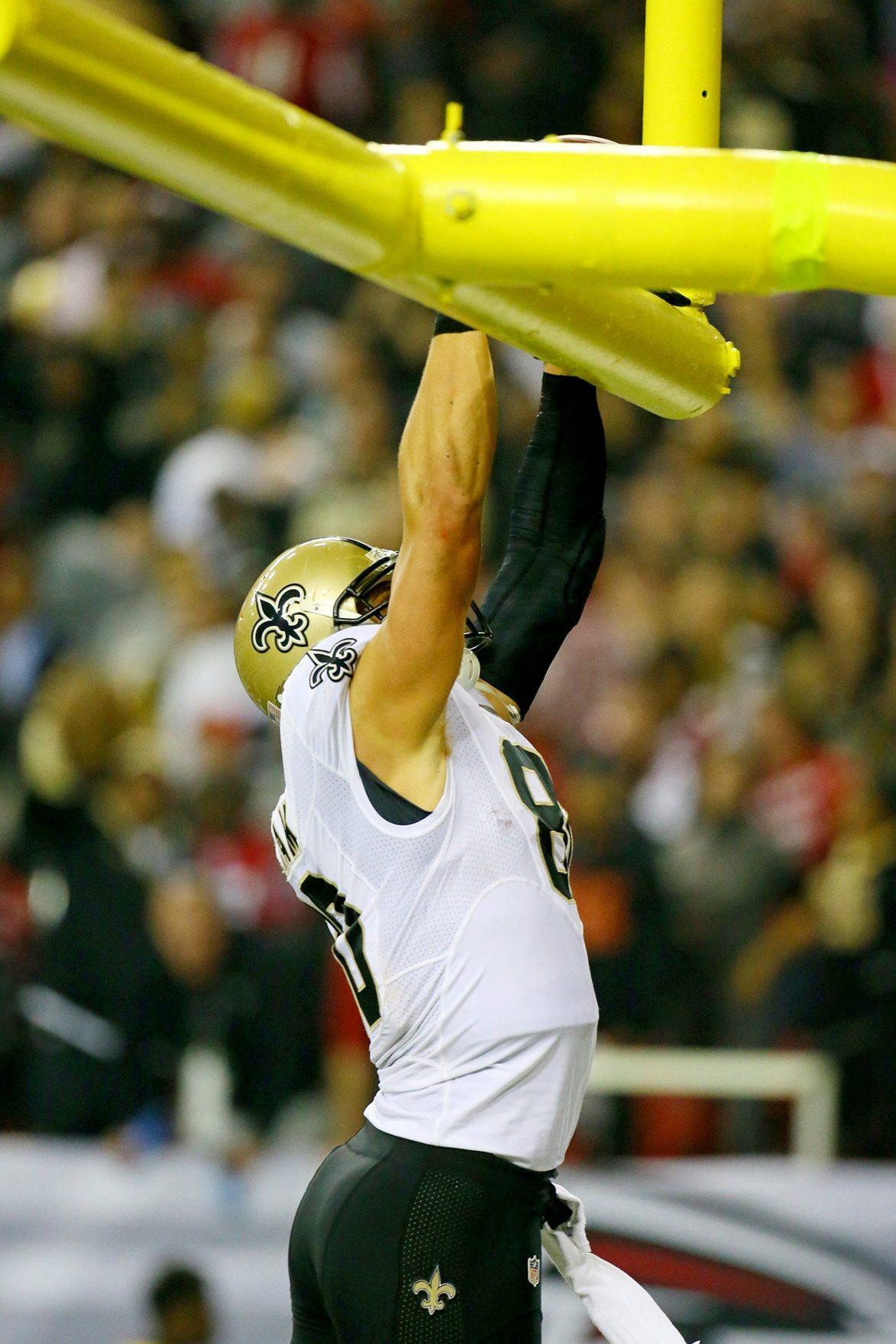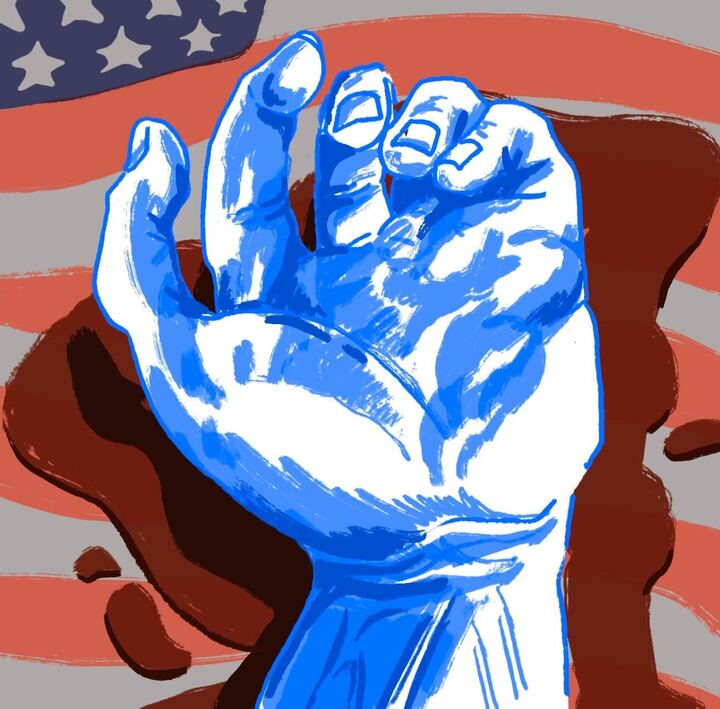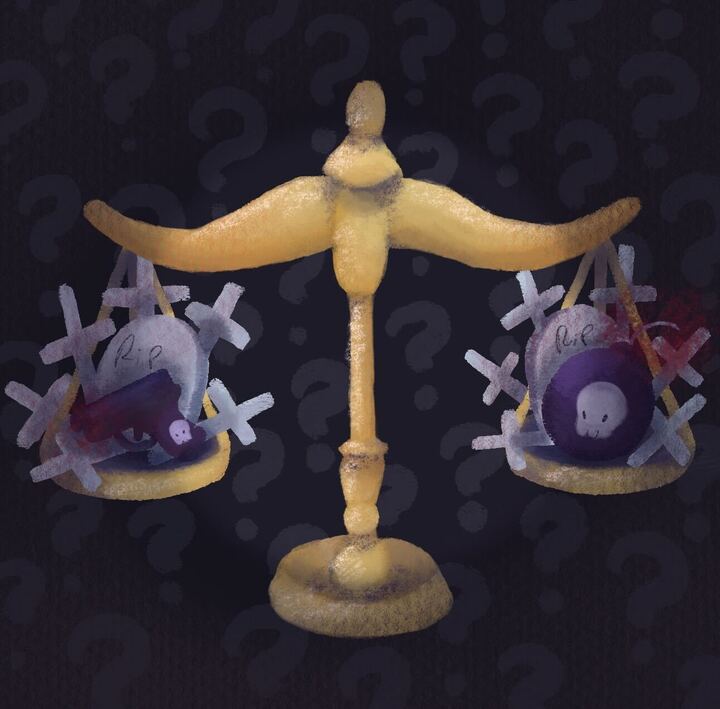
Is the National Football League sending the message to its players, “No having fun”? Earlier this week, the league’s Vice President of Officiating announced that players would no longer be able to dunk the ball over the goal post after a touchdown. League meetings ended Wednesday with several decisions on rules and proposals.
Original confirmation of the new rule came through a radio interview on “The Dan Patrick Show” with Dean Blandino, the NFL Vice President of Officiating. Enforcement of the NFL’s latest “no-no” is cited under the “Using the ball as a prop or any other object as a prop” rule. The penalty will be enforced beginning at the start of next season and will carry with it a 15-yard infraction enforced on the ensuing kickoff.
The dunk has become a popular post-scoring celebration by players such as New Orleans Saints tight end Jimmy Graham. He responded to the ruling on Twitter, saying, “I guess I’ll have to lead the @NFL in penalties next year! #funpolice.”
Graham’s hashtag hits the nail on the head. The culture of the NFL encourages hard work and physical achievement. However, the rules are continuing to combat a player’s ability to express themselves on the field.
Over the last few years, officials have been hard at work changing the game. Some of these rules are truly for the safety of players and betterment of the game. Others seem to be dictating the way in which the game is played as well as giving officials the power to interpret the game for themselves.
Most seem to be driving the league toward a more exciting, higher-scoring, pass friendly league. The following review of rules from NFL.com includes but is not limited to examples of rule changes in a given year.
In 2009, quarterbacks being protected from low hits when a defender could avoid it was amended to focus on the knee and added that a penalty could be called even if it were the result of a push from another player. When you dictate where a defender can hit an offensive player, you open Pandora’s box of officiating.
2010 began the gamete of offensive protection rules, such as penalties for a defender leaving their feet or striking a “defenseless player,” protecting wide receivers running routes where they could not see a defender coming, leaving defenders at a major disadvantage and gave the referees much more power to dictate what is a clean hit. In turn, the refs can dictate the outcome of a game.
In 2011, the NFL moved the kicking point for kickoffs up five yards, virtually taking returns out of the game. That same year, the defenseless player list grew to include kickers and punters, quarterbacks after a turnover, players being approached from the side or back of their own end line and receivers catching the ball until they have time to set their feet.
In 2012, players were required to wear thigh and knee pads, the “defenseless players” list expanded once again to include defensive players on “crack back” blocks, where a receiver out wide collapses on a mid-field defender.
What happened to the good ole gridiron? The old days of football – when it wasn’t about the pretty Nike jerseys or who has the shiniest cleats, but the days when men truly battled it out – those were the glory days. There were no “roughing the passer” calls, whatever that is. Last time I checked that was the point of the game – to win so you could celebrate a well-played game.
The new infractions seem to mount as the seasons pass. As each new Super Bowl champion is crowned, players get some well-deserved downtime while the administration gets to work on unrolling the red tape.
This year’s league meetings took place Wednesday, when among other things, the goalpost celebration problem was remedied.
Officials referenced Graham specifically when ruling to raise the horizontal upright goal post bar by five feet. Gameplay had to be suspended at the Georgia Dome last November in order to re-level the upright after a Graham slam dunk. The league said that dunking is no longer allowed in order to avoid these types of disruptions. Yet, celebrations such as the “Lambeau Leap,” where scoring players dive into the Green Bay Packers’ stands, will still be permitted.
Many other proposals were shot down or tabled by league owners. Those passed include: The roll-up block rule is expanded to include side block. The officiating command center will be connected to the field and booth. Officials were granted the ability to review recovery of a loose ball. The clock will continue to run after a quarterback sack. Even such mundane rules stating the simplification of enforcement points and moving the official roster cut down time to 4 p.m. from 6 p.m. were included.
The most interesting change came from a tabled vote. There has been much debate over the extra point after touchdown and that it has become little more than a formality with almost perfect accuracy. The league will be experimenting with this during the pre-season, where, in the first two weeks, the point after will be spotted at the 20 and not the two-yard line, an obvious ploy at sensationalizing the kicking game.
When will enough be enough? Professional football has been around in some form since the 1920’s. What gives officials today the right to continually audit the game? Rules are taking the soul out of a game that was once just that: a game. Let the men play, Refs.






